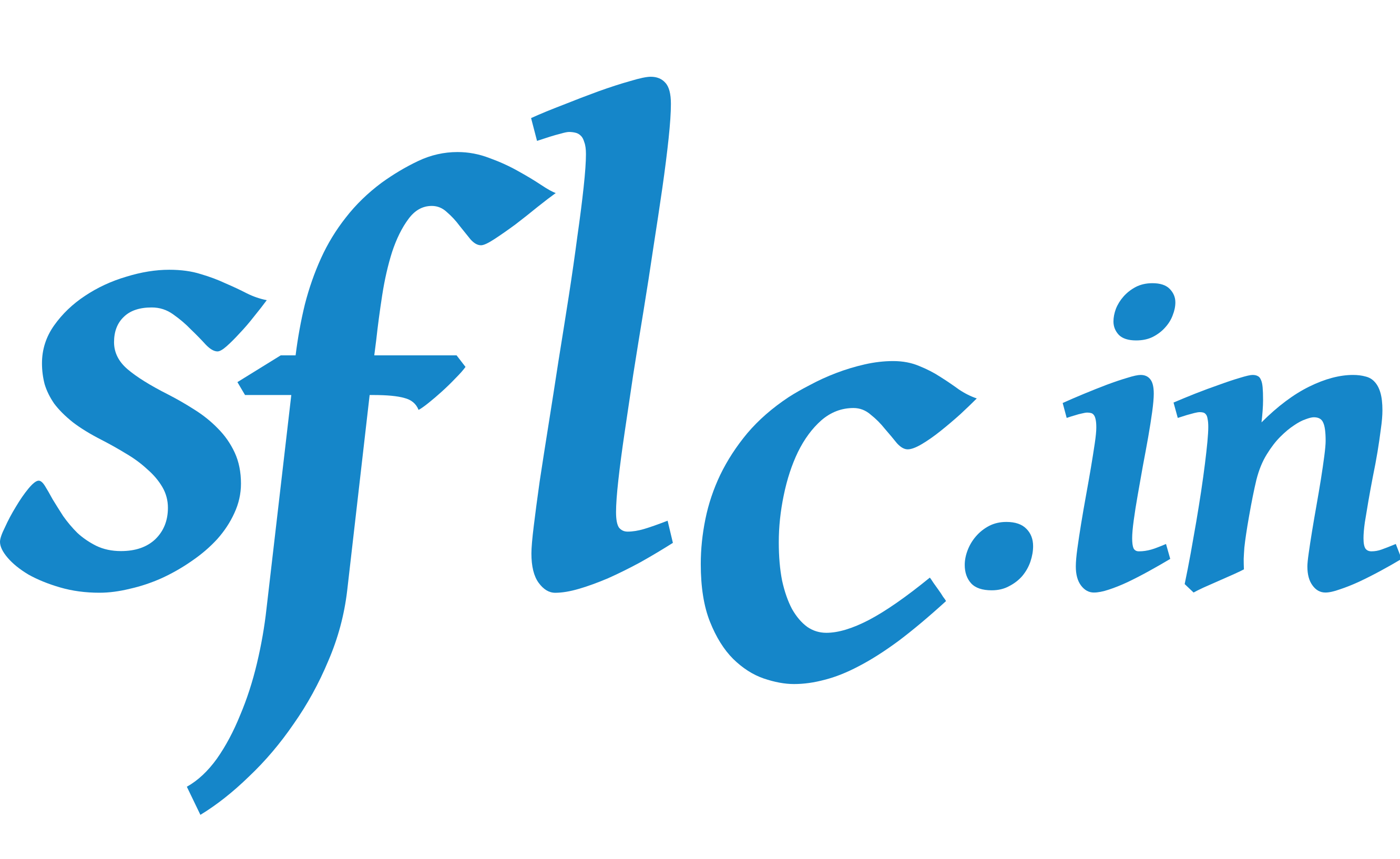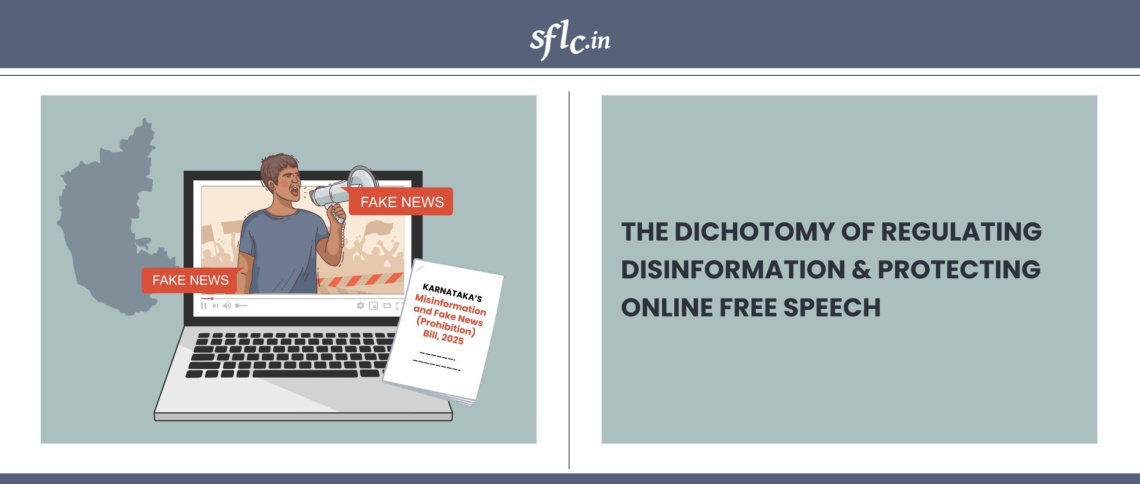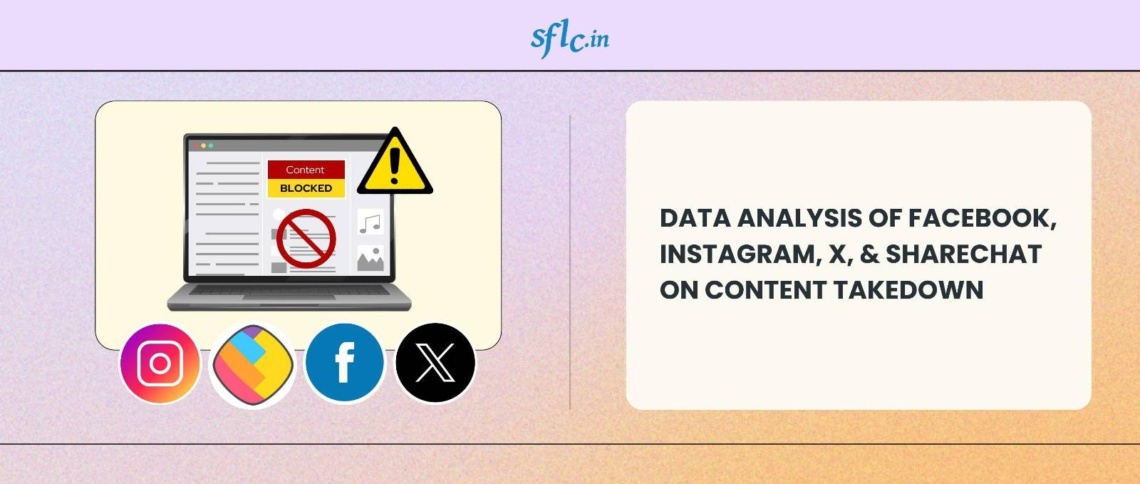Cyanogen aims to make Android a fully open platform
http://www.bizjournals.com/sanjose/news/2015/01/26/cyanogen-aims-to-make-android-a-fully-open.html
Cyanogen Chief Executive Kirt McMaster is taking the first shot in a revolt against Google. The startup wants to make Android a completely open platform, according to Android Authority.
The Palo Alto-based company revealed that it will build its own app store within the next 18 months and it expects to liberate itself from Google within three to five years. Cyanogen’s main product is CyanogenMod, a variation on Android which allows users to customize mobile devices and content experiences. McMaster’s ultimate vision would permit developers to open up a version of Android so they can create highly integrated services and platforms on the operating system.
The company has received $30 million from investors to date and was the center of acquisition talk last August, when companies like Microsoft, Amazon, Samsung and Yahoo expressed interest in the company.
“We’re making a version of Android that is more open so we can integrate with more partners so their servicers can be tier one services, so startups working on [artificial intelligence] or other problems don’t get stuck having you have to launch a stupid little application that inevitably gets acquired by Google or Apple,” said McMaster.
McMaster has talked a big game about creating an open Android operating system, but this marks the startup’s first clear challenge to Google. The company will face the typical challenge of building open-source software: It will need to find a way to monetize. The company will likely find services and apps that it can charge for on top of CyanogenMod.
Microsoft: The open-source company
http://www.zdnet.com/article/microsoft-the-open-source-company/
Microsoft has long used open-source software, like the BSD code behind its original TCP/IP network stack, they just didn’t admit it. That was in Bill Gates’ day. It’s a different story today. Recently , Microsoft CEO Satya Nadella said that Microsoft loves Linux and Microsoft just acquired Revolution Analytics, which is the major open-source player for the R statistical analysis language.
However, Microsoft continues to transform itself from a software sales company to a software service rental business with Windows as a Service. To power that, Office 365, and its other service offerings such as its Cosmos big-data service, Microsoft is relying on the cloud and it’s in that hidden engine behind its services that Microsoft is embracing open-source software.
This isn’t new. Microsoft has been moving towards working Linux and open-source for years now. Almost ten-years ago Microsoft partnered with Novell, now SUSE, to bring Windows Server and SUSE Linux Enterprise Server. At the time, this was more of a move to integrate Windows and Linux servers, but it became Microsoft’s first steps to bring Linux into what would become Azure and its other cloud programs.
What’s Hot on ZDNet
Look at what Microsoft has been doing with open-source software and the cloud. That early work with SUSE made it possible for Linux to run seamlessly on Azure. Today, 20 percent of Azure’s operating systems instances are Linux. True, Azure doesn’t support the top business Linux, Red Hat Enterprise Linux (RHEL), but it does support CoreOS Linux, CentOS, Oracle Linux, SUSE, and Ubuntu.
Microsoft isn’t even putting all its cloud eggs into its proprietary Azure cloud. Microsoft is working with Canonical, Ubuntu Linux’s parent company, to bring Windows Server to OpenStack.
Keep looking: Rather than come up with its own container technology, Microsoft is backing two open-source programs. The first is Google’s Kubernetes and the other is the wildly popular Docker container technology.
At the same time, Microsoft is giving to open source as well as taking. Orleans, the .NET distributed cloud-programming model behind the Halo game, is going open-source. Microsoft is also open-sourcing the full server-side .NET core stack and porting it to Linux and Mac OS X. Microsoft has already open-sourced a tool for moving virtual machines from one Azure data center to another, plus other .NET code and tools, and many developer tools.
What all these have in common is that while they don’t have much to do with the public, end-user face of Microsoft’s offerings, they are all vital to increasingly more important Microsoft server and cloud infrastructure. In short, most people won’t see it, but Microsoft — yes Microsoft — has become an open-source company.
Going open source on Android with F-Droid
http://opensource.com/life/15/1/going-open-source-android-f-droid
Android. It can be a divisive word in the free and open source software world. Some embrace it, others shun it. Some still use open versions of Android like Cyanogenmod and Replicant. If you do use an Android device—no matter what version of the operating system it is—there’s one thing that you need to get the most out of your device: apps. There’s just no way around that.
Most people grab their Android apps from the Google Play Store. Some might install apps from the Amazon Appstore or another third-party source. A majority of the apps that you get from Google and Amazon’s app stores are proprietary, and many of them collect a lot of information about you.
So what choice to you have if you want to use Android and keep your apps as free and open as possible? You turn to F-Droid.
F-Droid?
F-Droid is: an installable catalogue of FOSS (Free and Open Source Software) applications for the Android platform. All of the apps are FOSS and only FOSS. The source code is available, with app listings often pointing you to where you can download it. F-Droid also warns you if an app uses or relies upon a proprietary service.
Getting going
You can do this in two ways: Download and install the F-Droid client, or download the .apk installer for the app that you want and install it by hand. In either case, you might need to enable the installation of third-party apps on your device. To do that, tap settings. Then, tap security. Finally, select the unknown sources option.
Apps, apps, apps
The first thing you’ll notice is the number of apps available with F-Droid: just over 1,300, in contrast to the hundreds of thousands that are available in the Google Play Store. You won’t find many of the popular apps that you may have grown to know and love in the F-Droid repository, but that doesn’t mean you won’t recognize some. These include Firefox, ownCloud, VLC Media Player, DuckDuckGo, K-9 Mail, and FBReader.
The apps are divided into a dozen categories, ranging from education to games, to internet, to office and productivity apps.
The main window of the F-Droid app has tabs that list the available apps, the apps you’ve installed, and the ones you’ve installed that have updates available. You can remove unwanted apps and update installed apps, with just a tap (or two). You’ll also want to keep the list of available apps up to date. To do that, tap the Refresh icon to load an updated listing.
So why would you want to do this, besides a desire to be on the bleeding edge? While new apps aren’t added to F-Droid all that regularly, the number of apps available through F-Droid jumped from about 1,200 to 1,340 in the past month and a half or so.
F-Droid may not have the breadth of apps available in the Google Play Store and other third-party Android software libraries, but if you want to use as many free and open source apps with your Android device as you can, then it’s an option you’ll want to explore.
Open source Ubuntu Core connects robots, drones and smart homes
http://www.cnet.com/news/open-source-ubuntu-core-connects-robots-drones-and-smart-homes/
Developers can prototype their devices, simulate a full release, then keep the finished products updated through an open source app store.
Ubuntu is coming to drones, robots and smart homes.
The smallest version of the Ubuntu operating system, Snappy Ubuntu Core, is now opening up to smart devices and other Internet of Things (IoT) devices. Builders of drones, robots and smart-home kit will be able to develop, simulate and run their devices using the software, with an app store for customers to update and improve their devices on an ongoing basis.
Ubuntu says the selling points are security, reliable updates and access to the Ubuntu ecosystem.
The technology can power a range of Internet-connected devices. Devices are updated automatically, with security and general updates through the cloud-based app store based on open source platforms and protocols.
The first drone powered by Ubuntu Core is the educational Erle-Copter. Another early example of a device based on Ubuntu Core is the Ninja Sphere open source smart-home controller. Originally crowdfunded on Kickstarter, the Ninja Sphere talks to other smart-home kit, including big names like Nest, Tado, Wemo and Sonos, not to mention telling you if you’ve left your lights on or where your keys are.
The goal of Ubuntu Core is to create a single identical platform with the same APIs from cloud to device. The platform allows developers to simulate a device, and then simulate a launch of thousands of devices to test how they will perform at scale. Both ARMv7 and X86-64 are supported, and Ubuntu reckons any standard PC equipment can be used to prototype your device.
New Linux Foundation’s guide to the open-source cloud
The Linux Foundation, announced the release of its 2015 report “Guide to the Open Cloud: Open Cloud Projects Profiled.”
According to the Foundation, “The purpose of this guide is to serve as a starting point for users considering which projects to use in building and deploying their own open clouds. Taking a deeper look into cloud infrastructure, the paper includes storage, provisioning and platform projects. New categories outline emerging cloud operating systems, Software-defined Networking (SDN), and Network Functions Virtualization (NFV) technologies”
In a statement, Amanda McPherson, The Linux Foundation’s CMO said, “Our new ‘Guide To the Open Cloud” is a helpful primer for any organization beginning a migration to the cloud or moving toward web-scale IT. Open source and collaboration are clearly advancing the cloud faster than ever before. Just consider the many OpenStack distributions and ecosystem emerging around Linux containers that didn’t even exist a year ago. Yet, as the open-source cloud evolves so quickly, it can sometimes be difficult for enterprises to identify the technologies that best fit their needs.”
This is a follow-up to the Foundation’s October 2013 cloud guide. Much has changed since then. For example, Docker, the most popular open-source container technology, was barely known then.
This guide, according to its introduction, “is to serve as a starting point for users considering which projects to use in building and deploying their own open clouds.” It is not a comprehensive overview of all cloud-related, open-source software. Instead, it’s a curated listing of those open cloud projects that the Foundation believes “will continue to drive innovation in enterprise IT in the coming year.”
The projects that made the cut have superior relevance to the open cloud, maturity and visibility. In particular, open-source programs that have a large number of contributors, code commits, and are already starting to be used in the enterprise were picked for this listing.
Google pushes to take Oracle Java copyright case to Supreme Court
http://www.zdnet.com/article/google-pushes-to-take-oracle-java-copyright-case-to-supreme-court/
Google has had enough of its long-running legal battle with Oracle over whether application programming interfaces (API)s can be copyrighted. The search giant has asked the Supreme Court of the United States (SCOTUS) to bypass further battles in lower courts and address the API copyright issue once and for all. SCOTUS, in return, is soliciting the Obama administration for its view of the case before moving forward.
The reason this case is being addressed at such a high level is not because Oracle sued Google for a billion dollars over what Oracle claimed was Google’s misuse of Java patents and copyrights in Android. Oracle’s patent claims were ruled against in 2012. And, it first looked, later in 2012, that its copyright APIs claims were just as invalid. Then, in 2014, a U.S. appeals court reopened the can of worms that is software copyright. But, a billion bucks is chicken-feed in this case.
You see the real issue here isn’t the nine — yes, nine — lines of copyrighted code that the courts has so far ruled Google took from Oracle. No, the real billion dollar plus question is: Can APIs be copyrighted at all?
“Google’s allies HP, Red Hat, and Yahoo — in their amici curiae to SCOTUS — insist that treating APIs as copyrightable would do horrible harm not just to Google, but to the entire software business. They state: Computer programs achieve compatibility and interoperability with each other through a multitude of specifically defined interfaces. The use of computer program interfaces of others for compatibility and interoperability purposes is both ubiquitous and essential to the operation of information and communication technologies and infrastructures. This fact has become even more so in today’s ever more highly networked world. The freedom to utilize, implement, re-implement, and extend existing interfaces, without the need to negotiate a copyright license, has been the key to competition and progress in the computer, information technology, communication technology, and networking fields since their beginning. The Federal Circuit’s decision below calls into question a key legal premise upon which innovation has blossomed in those fields”
They’re not the only one that see making APIs copyrightable as a major mistake. The Electronic Frontier Foundation (EFF) stated that “Treating APIs as copyrightable would have a profound negative impact on interoperability, and, therefore, innovation. APIs are ubiquitous and fundamental to all kinds of program development. … Allowing a party to assert control over APIs means that a party can determine who can make compatible and interoperable software, an idea that is anathema to those who create the software we rely on everyday. Put clearly, the developer of a platform should not be able to control add-on software development for that platform.”
In short, this case — while superficially a battle between Google and Oracle — is really one that will determine the future of software development. Sooner or later, this case will arrive before SCOTUS. Personally, I think the sooner it’s decided that APIs cannot be copyrighted, the better.



